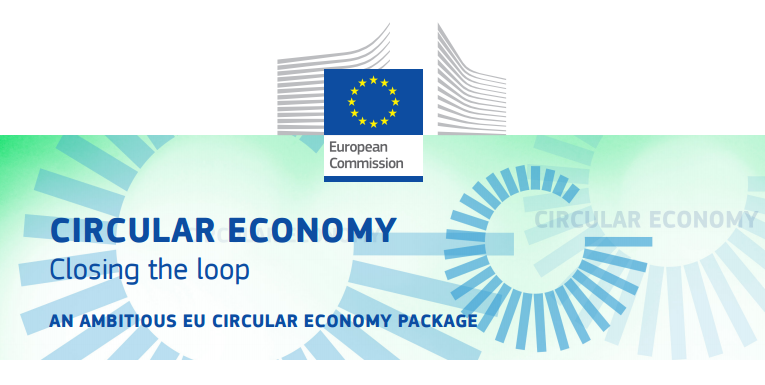In the first quarter of 2019, the European Commission announced its intention to publish a communication to identify the Community policy areas on which to act to foster the development of the circular economy. The European Union has already taken action today to introduce the principles of circularity, re-use and reduction of the material used in various industrial sectors (electronic products, chemicals, motor vehicles), taking into account the specific characteristics of each sector.
At European level, however, there is a need to harmonize competition rules and incentive mechanisms, so that all European producers are encouraged to take measures to increase the circularity of products. The European Commission has carried out a stakeholder consultation that will cover the possible areas of cross-sectoral integration of circular policy measures, which will be followed in the first quarter of this year by the publication of a Roadmap. The industry has so far suggested the adoption of the methodology of Life Cycle Assessment, recycling of plastics for further and different uses from those currently used (e.g. textiles), lengthening the products’ lifetime, the creation of a digital system of European products to trace their origin, destination and reuse.

